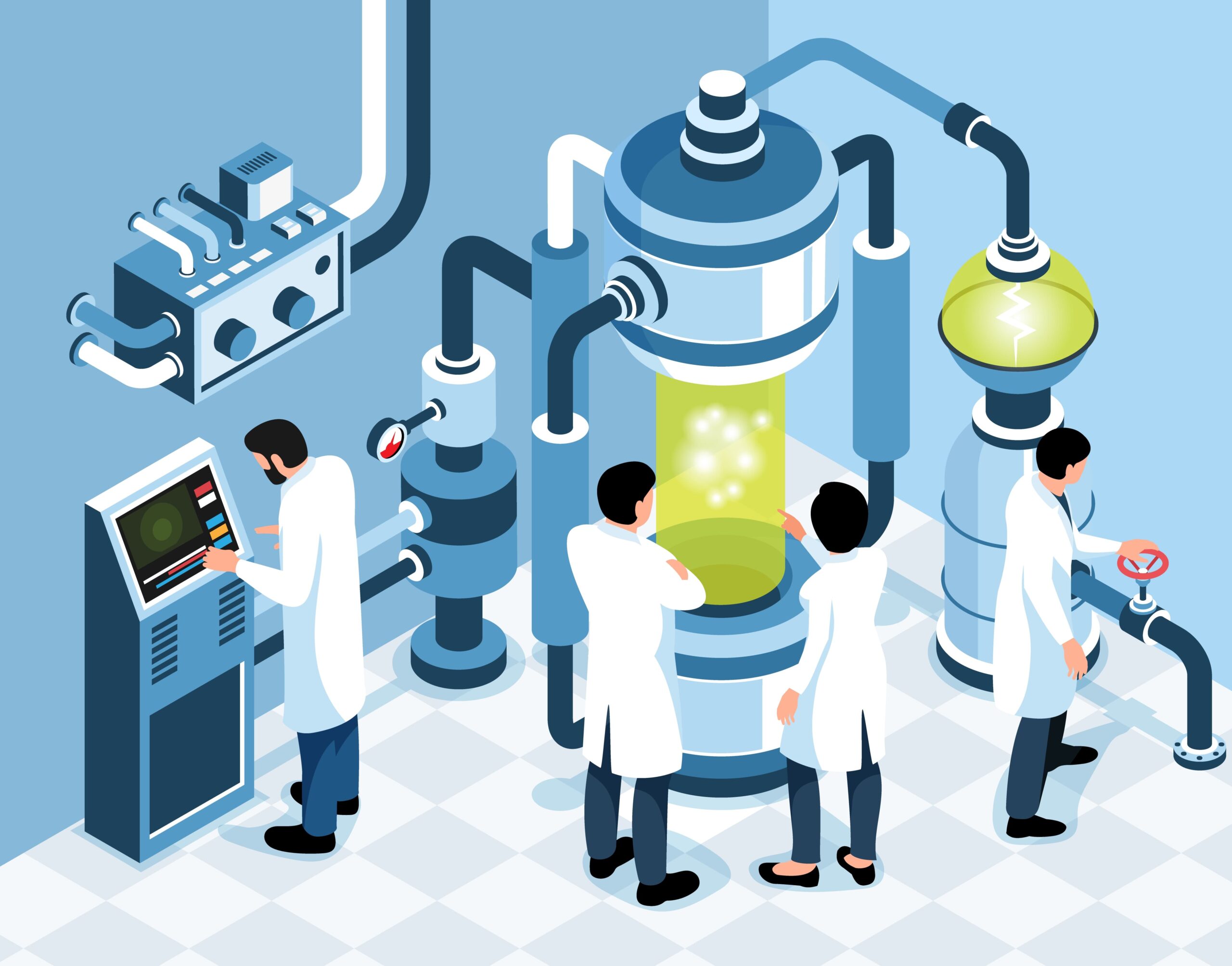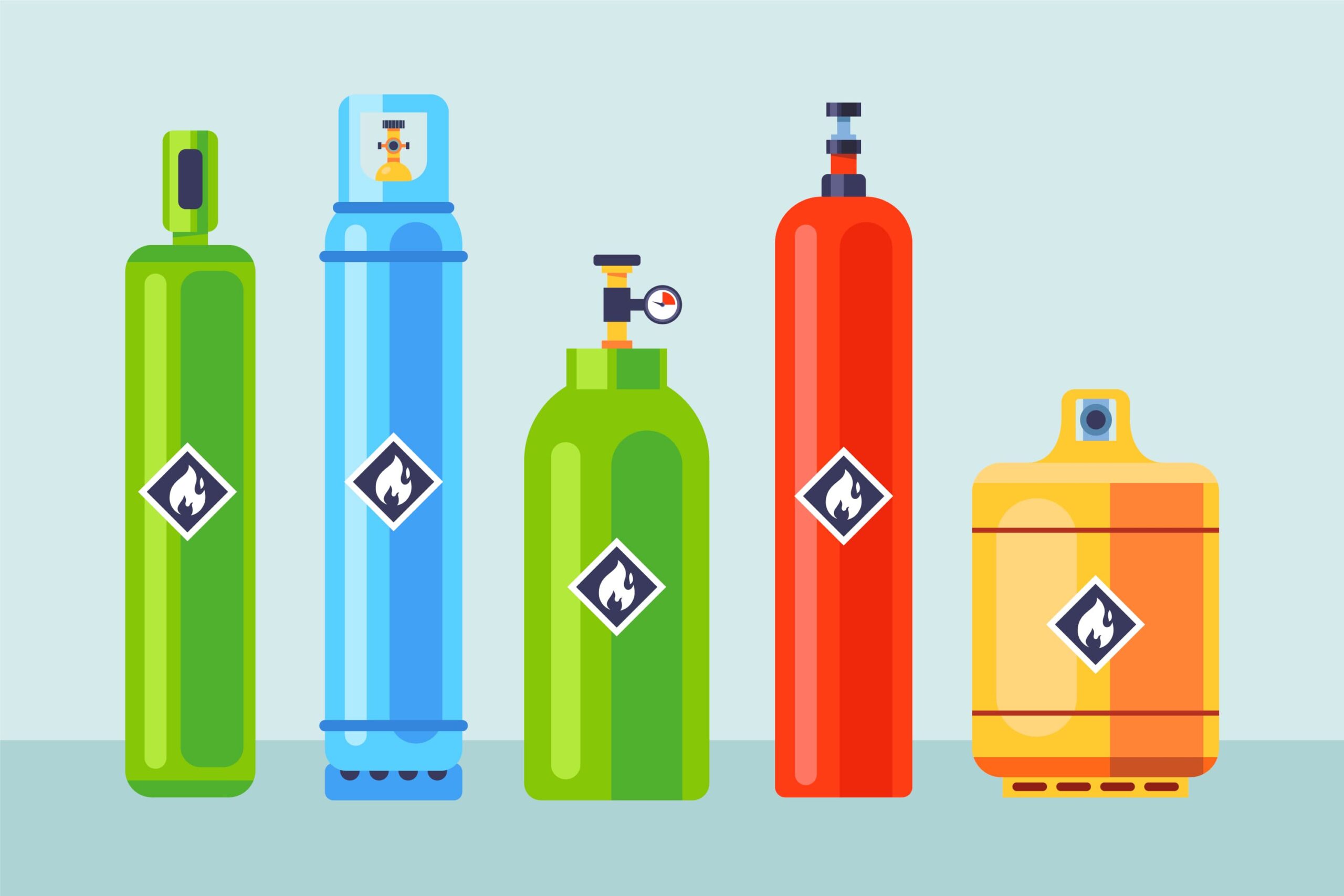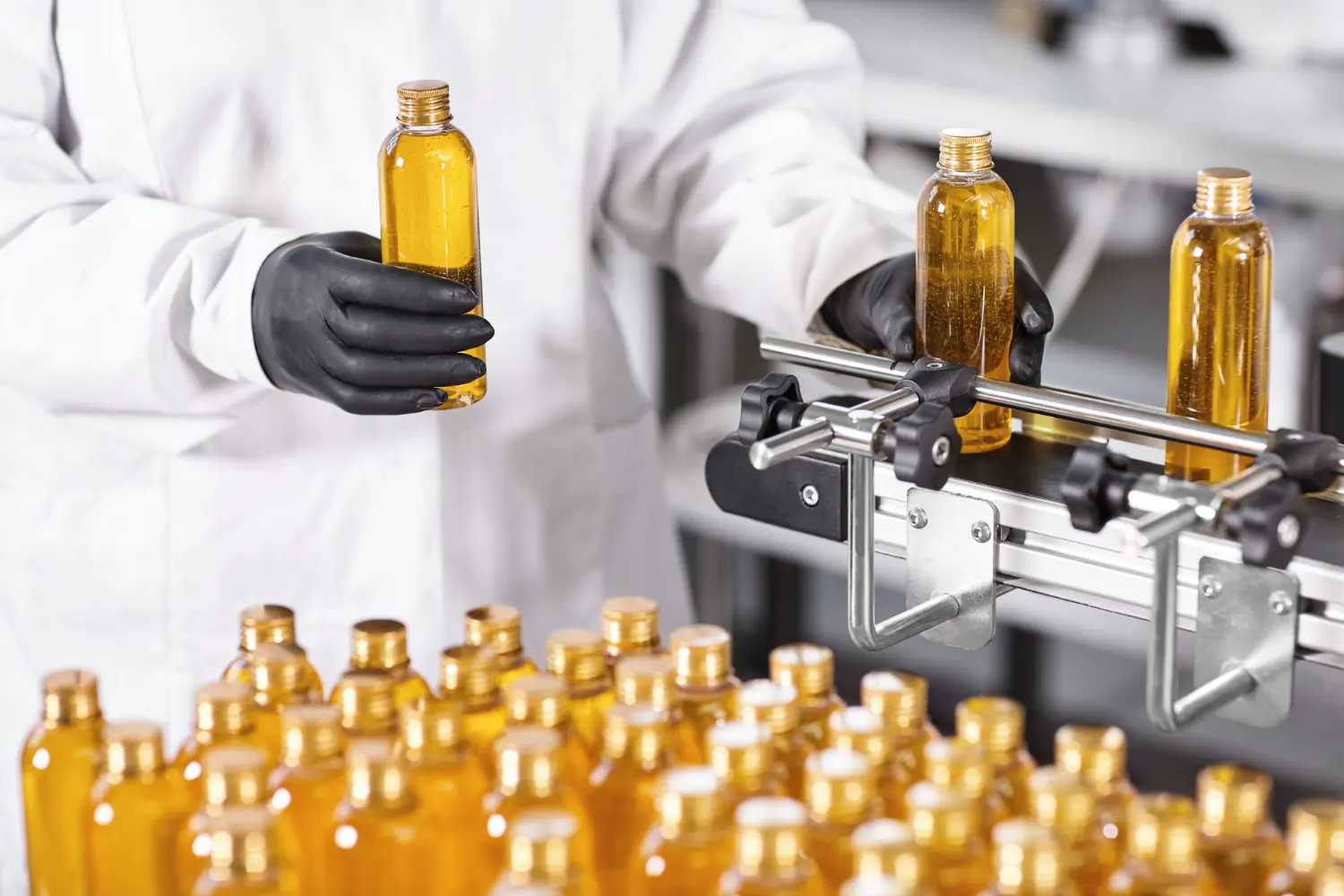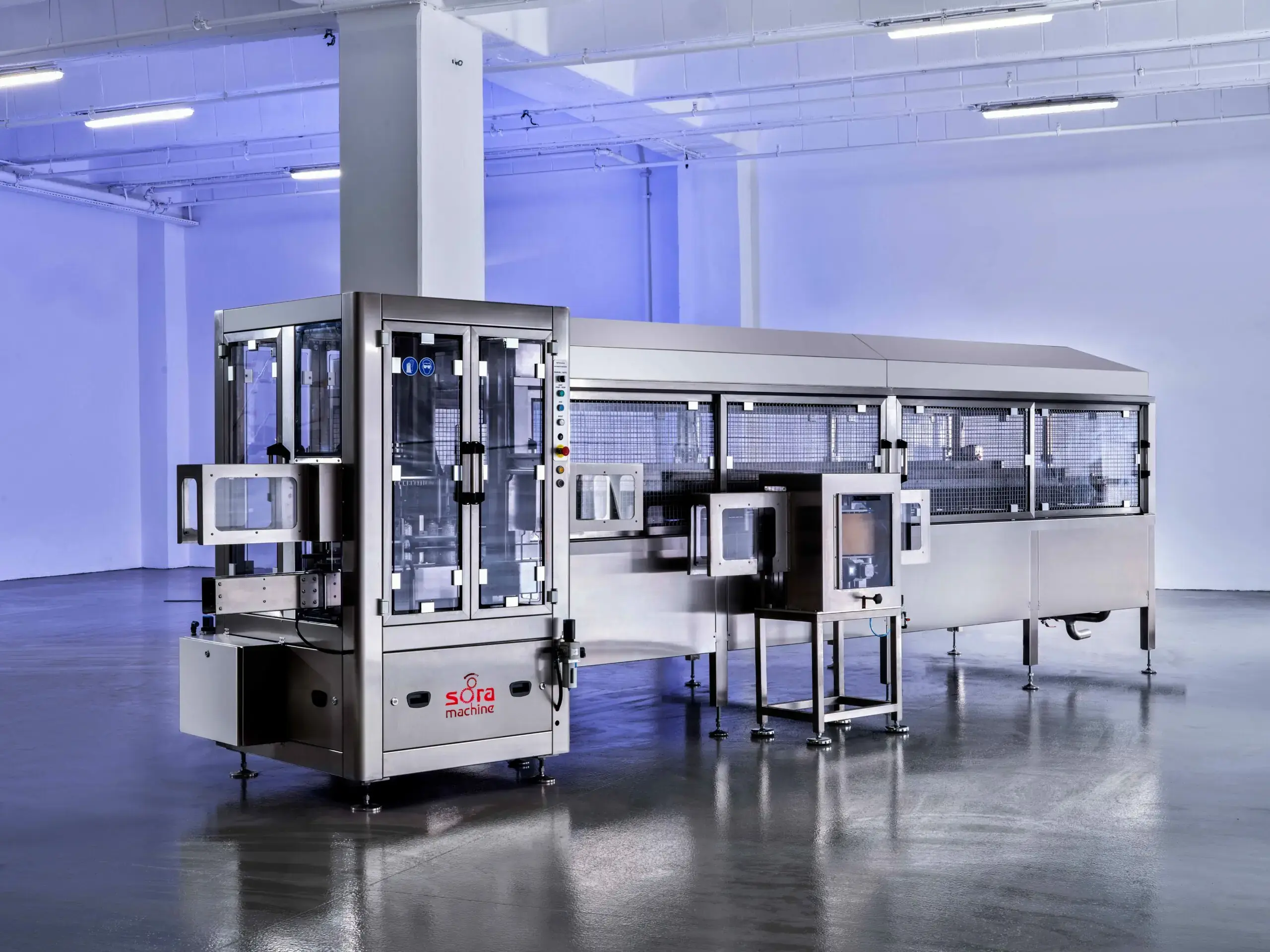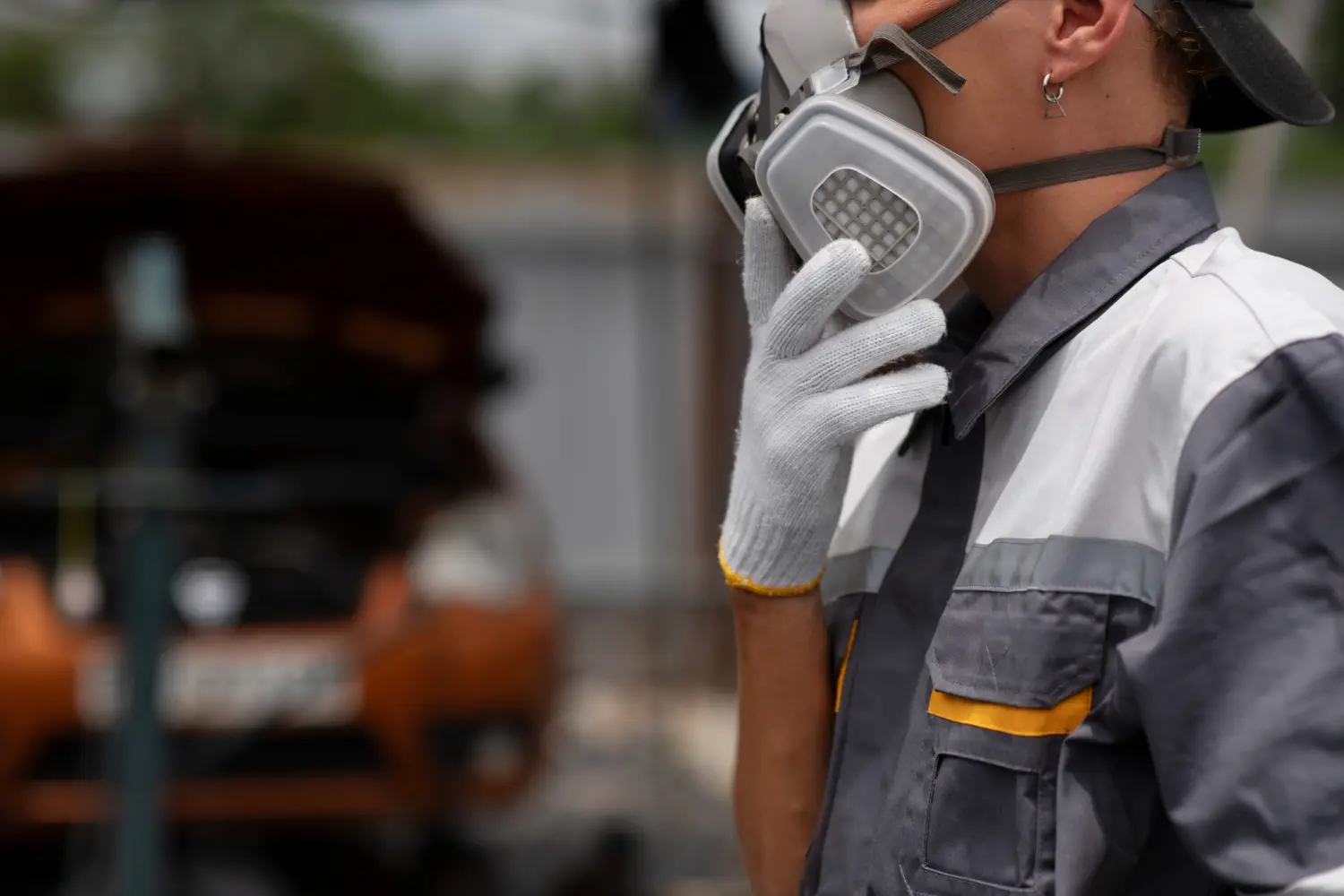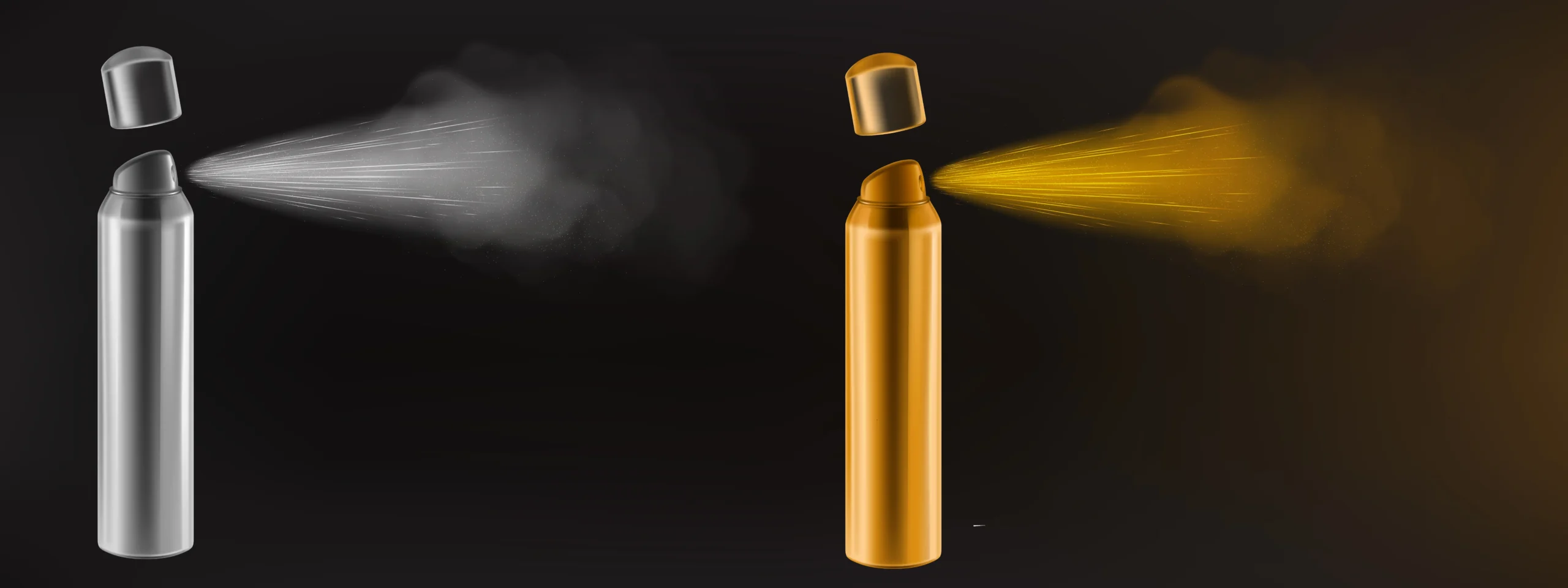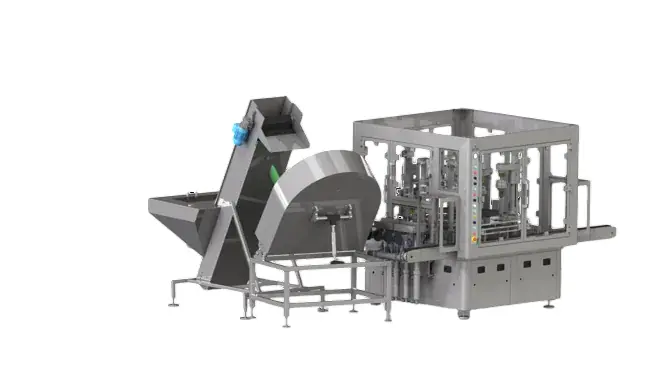An aerosol can is a promise waiting under pressure. Whether it’s a refreshing deodorant, a flawless hairspray, or a convenient room freshener, the performance we expect the moment we press the spray button is the result of a complex chemical and physical balance inside the can. At the heart of this balance are the often-invisible heroes: propellants like propane and butane. However, thinking of these two gases as simple propellants would be to overlook the intricate science and engineering behind aerosol production. The ratio of the propane and butane mixture is a critical variable that determines everything from the efficiency of a filling line to operator safety, the spray quality of the final product, and cost-effectiveness.
Failure to manage the dance of these gases correctly can lead to serious bottlenecks in production, safety risks, and ultimately, products that don’t perform as desired on the shelf. So, how is this delicate balance established, and how do different mixing ratios profoundly affect the filling line?
How Are Aerosols Containing Flammable Gas Classified?
Aerosols containing flammable gas are classified as hazardous materials due to their explosive potential. These products typically fall under certain regulatory classifications such as “flammable” or “explosive” depending on the concentration of the flammable gas within the container and the type of propellant used. They are categorized based on their flashpoint, ignition temperature, and whether they contain gas that could easily ignite, causing an explosion risk. In general, these aerosols require specialized filling systems and strict safety measures to handle them safely.
For instance, when filling aerosols with flammable propellants such as butane or propane, these can easily ignite due to the combination of air and gas, making it crucial to ensure safe handling throughout the filling process. It’s essential to understand the classifications to adhere to the correct standards and take appropriate actions for reducing explosion risk during filling operations.
Why Are ATEX Standards Necessary in Aerosol Filling?
ATEX standards, which stand for Atmosphères Explosibles, are critical in ensuring safety when handling flammable substances. These European Union regulations specify the requirements for equipment and systems used in explosive atmospheres. In aerosol filling, ATEX compliance means that the equipment used to fill, seal, and package aerosol cans must be specially designed and certified to avoid ignition in environments where flammable gases are present.
For example, ATEX-compliant aerosol lines are engineered to minimize the risk of sparks, overheating, or electrical faults that could lead to an explosion. Without following these guidelines, the filling process could become extremely dangerous, putting both workers and the production facility at high risk. ATEX standards help ensure that both the equipment and the work environment are properly safeguarded against the dangers of flammable gas.
Which Filling Machines Are Compatible with Flammable Products?
When dealing with flammable aerosol products, it’s important to use filling machines that are specifically designed to handle these types of substances. Filling machines compatible with flammable products should be constructed using anti-spark and anti-static materials, reducing the risk of ignition. These machines should also include features such as explosion-proof motors, sealed systems, and specialized valves that prevent gas leakage during the filling process.
Machines that are not designed for flammable products could pose a serious threat of igniting the gases or creating a spark that leads to an explosion. Flammable gas filling systems are a key component of safe aerosol production and need to meet the highest standards to ensure maximum safety for operators and the facility.
Is the Use of Ex-Proof (Explosion-Proof) Equipment Mandatory?
Yes, the use of Ex-proof (explosion-proof) equipment is mandatory when filling flammable aerosols. Ex-proof equipment is designed to contain or prevent an explosion from spreading within an enclosed area, such as a filling station. This type of equipment can withstand internal explosions without igniting the surrounding environment. The mandatory use of such equipment is essential in meeting safety standards and avoiding incidents during the filling process.
Ex-proof filling systems not only help prevent explosions but also ensure that any potentially dangerous gas leakage is managed safely. These systems are critical in aerosol production facilities where even the smallest spark could lead to a significant hazard. It’s important that workers are trained to use Ex-proof equipment properly and understand how to maintain it regularly to avoid malfunction.
How Should Ventilation Systems Be Configured in the Filling Area?
Proper ventilation is one of the most important aspects of ensuring safety when filling flammable aerosols. Ventilation systems help prevent the accumulation of hazardous gases in the air, reducing the risk of explosion or fire. In the aerosol filling area, ventilation should be designed to direct potentially explosive fumes and gases away from workers and equipment. The ventilation system should also be capable of handling any accidental gas leaks by quickly dispersing harmful fumes.
The airflow should be designed in a way that keeps the atmosphere in the filling area constantly refreshed, preventing the buildup of flammable vapors. Additionally, air pressure in the filling area should be carefully controlled to avoid creating an environment where gas leaks could pose a significant risk. For optimal safety, it’s essential to regularly inspect and maintain ventilation systems to ensure they are functioning correctly.
How Is the Risk of Explosion Caused by Static Electricity Prevented?
Static electricity is a major concern in aerosol filling, particularly when dealing with flammable gases. If static electricity builds up on equipment or surfaces and discharges suddenly, it can ignite flammable vapors in the air, causing an explosion. To prevent this risk, aerosol filling systems must be equipped with anti-static measures such as grounding and bonding.
Grounding ensures that any static charge is safely dissipated into the ground, while bonding connects conductive materials to prevent the buildup of static electricity between them. Additionally, using anti-static materials in the construction of filling machines and other equipment is a good practice. Regular monitoring of static levels within the filling area is also essential to ensure that no hazardous conditions exist.
What Are the Suitable Floor and Wall Coverings for Flammable Aerosol Filling?
The floor and wall coverings in aerosol filling areas should be chosen carefully to minimize the risk of static electricity buildup and prevent fire hazards. Non-sparking materials like conductive tiles or coated floors are ideal for areas where flammable aerosols are handled. These coverings help to prevent the accumulation of static charges that could trigger an explosion.
In addition to preventing static buildup, wall coverings should also be fire-resistant and easy to clean. This is especially important in the event of a minor spill or leak, as the last thing you want is to have flammable liquids or gases come into contact with materials that could catch fire. Choosing the right materials ensures that the entire filling area remains as safe as possible.
Which Sensors Should Be Used to Detect Gas Leaks?
To ensure that the filling process is safe and that no dangerous gas leaks occur, using gas leak sensors is essential. These sensors are designed to detect the presence of flammable gases like propane, butane, or isobutane, which are often used in aerosol products. In the event of a gas leak, these sensors can alert workers to the danger and trigger emergency shutdown procedures before an explosion occurs.
Gas leak sensors should be installed in critical areas of the filling line, especially near equipment that could potentially cause leaks. Regular calibration and maintenance of these sensors are essential for their proper functioning. When the sensors detect elevated levels of gas, they can automatically activate ventilation systems or trigger alarms to warn workers and prevent dangerous situations.
What Personal Protective Equipment (PPE) Is Required for Personnel?
Personnel working in the aerosol filling area must wear appropriate personal protective equipment (PPE) to protect themselves from the risks of explosion, fire, and chemical exposure. PPE for aerosol filling operators typically includes flame-retardant clothing, gloves, goggles, and face shields to protect against sparks, heat, and flying debris. In addition, hearing protection should be worn to protect workers from the noise generated by filling equipment.
Workers should also be provided with respiratory protection if there is a risk of inhaling harmful fumes or gases during the filling process. PPE should be regularly inspected and maintained to ensure it remains effective in protecting workers from potential hazards in the filling area.
How Should Emergency Procedures Be Established for Fire Scenarios?
Establishing clear emergency procedures for fire scenarios is essential in aerosol production facilities. In case of an explosion or fire, employees should know exactly what steps to take to ensure their safety and the safety of others in the facility. Emergency procedures should include evacuation plans, fire extinguisher locations, and protocols for notifying emergency services.
Training employees regularly on fire safety measures and conducting mock fire drills will ensure that everyone is prepared to act swiftly and effectively in an emergency situation. It’s also important to have fire suppression systems in place, such as sprinklers or foam-based extinguishers, to quickly control any flames that may break out during an incident.
By following these measures and continuously focusing on safety, the risk of explosion and fire during the filling of flammable aerosols can be minimized, ensuring a safe and efficient production environment.



